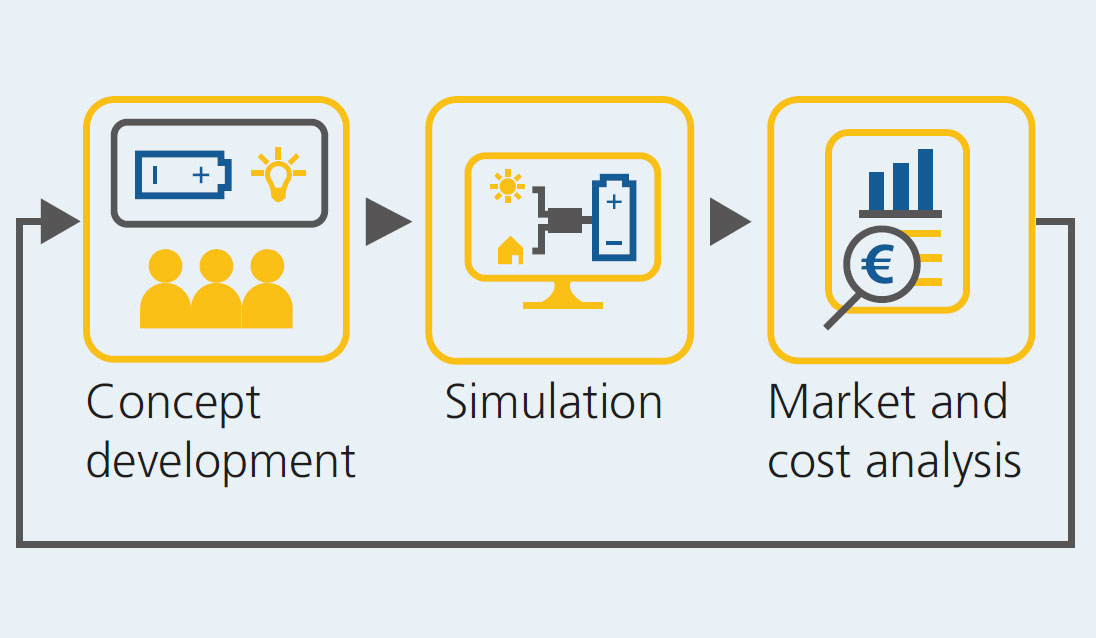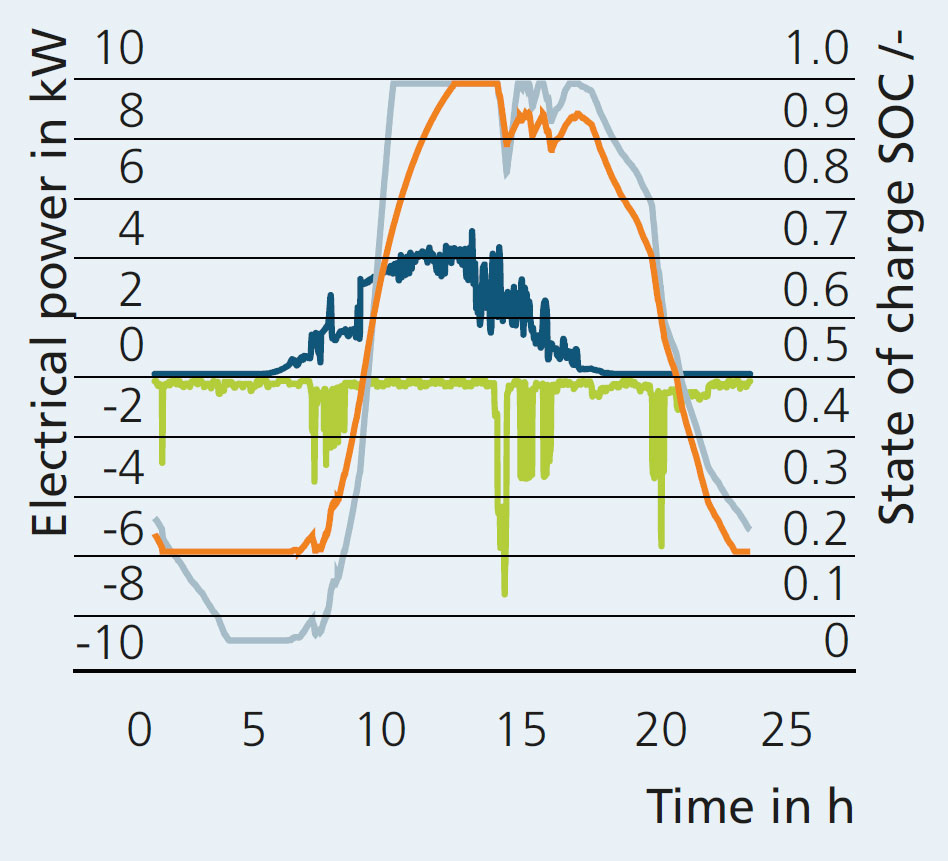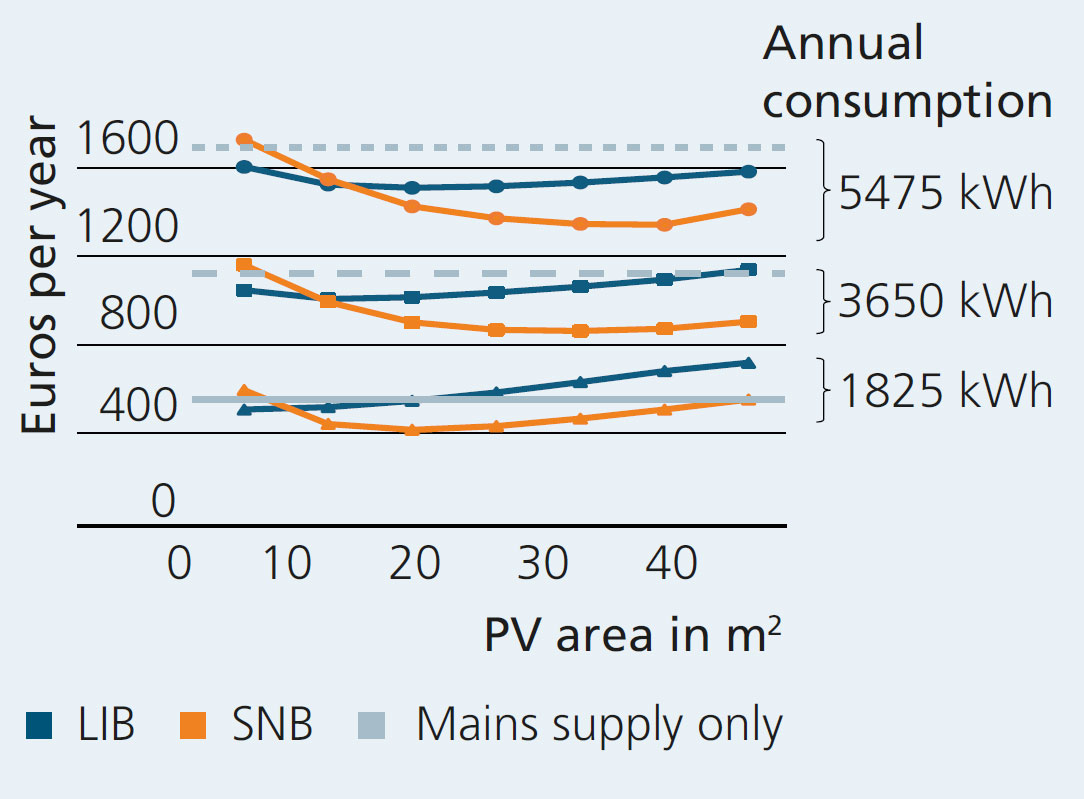
Simulation-based analysis and economic evaluation of energy systems
Current research

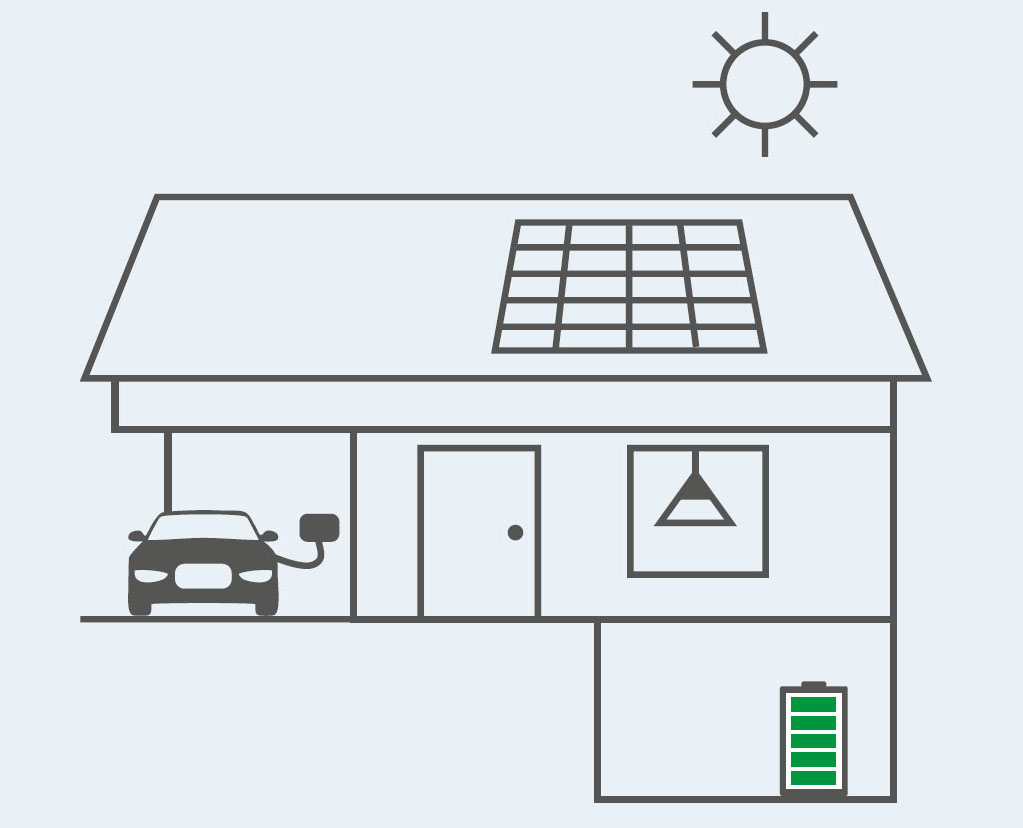
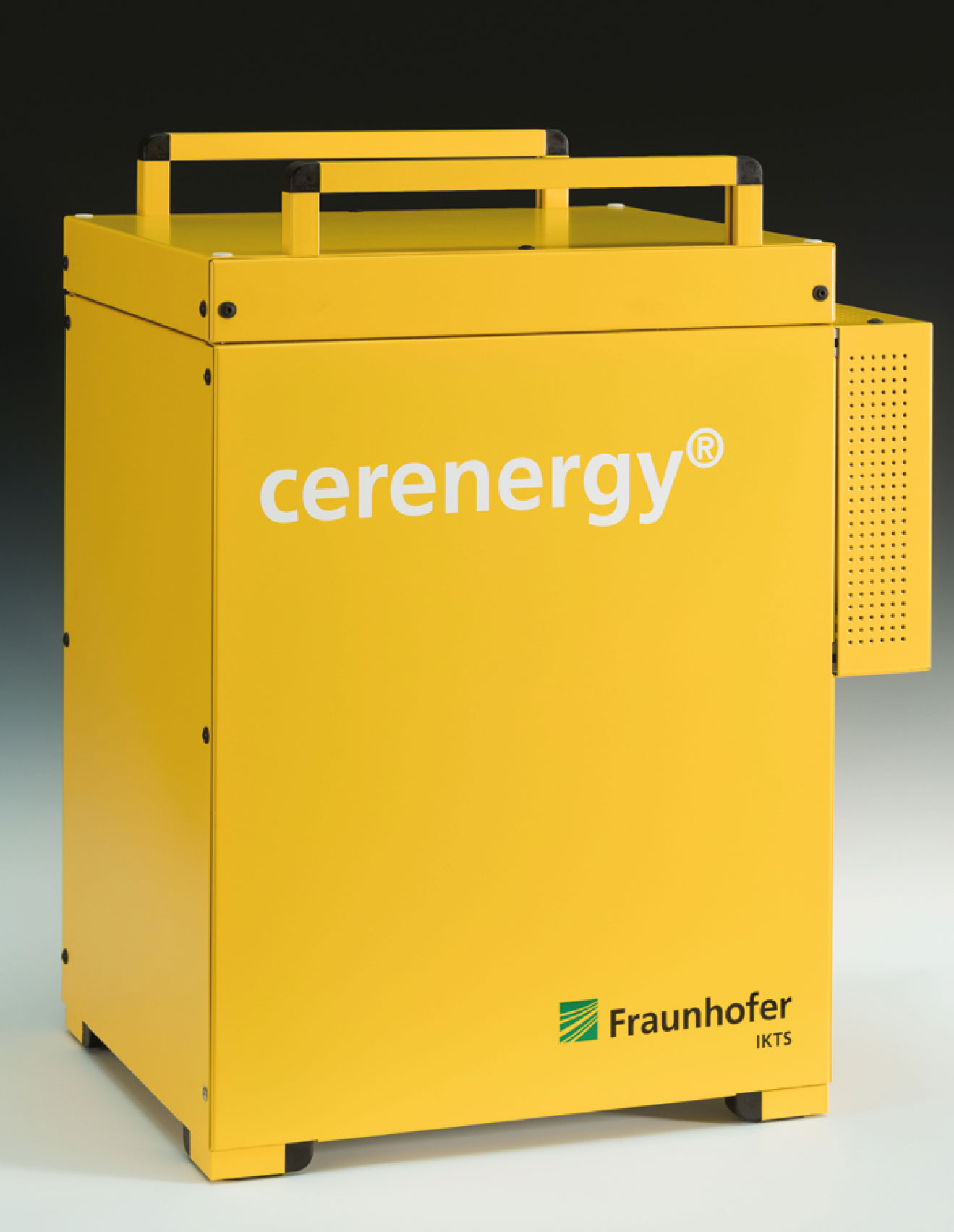
In the development of innovative energy system concepts of the future, early predictions of system performance and economic viability are of crucial importance. At Fraunhofer IKTS, low-dimensional simulation models are used to investigate real application scenarios, which provide the all-important basis for any subsequent cost analysis.
Simulation of energy systems
Energy systems for the storage and generation of electricity and heat in different levels of detail and contexts can be considered in daily and annual simulations (utilized software: Modelica and Matlab). Automated tool chains allow the variation of significant system parameters. The result matrix is used for dimensioning, energetic assessment, and the underlying concept development. In addition, economic evaluations can also be derived.
Market and cost analysis
Technology research is an indispensable tool for well-founded market and cost analyses. They form the basis for sustainable and long-term project decisions. Information on market potentials, target market structures, competitors, potential customers or even cooperation partners is included in the research. When it comes to cost analyses, the development team is able to consider different objectives. For example, the manufacturing costs of a battery prototype are identified during the development project in order to determine a cost estimate which includes the potential cost savings. This can be done for both small-scale and large-scale series production.
Example: Comparison of battery technol-ogies in the household storage sector
Fraunhofer IKTS is developing the sodium nickel chloride high-temperature battery (Na/NiCl2) as an alternative battery technology under the cerenergy® brand. With the help of annual simulations, its use as a photovoltaic (PV) home storage system is investigated compared with Li-ion batteries (LIB). The cost models show that the use of the Na/NiCl2 battery in combination with a larger PV area results in lower annual costs than an LIB household storage system (figure below).
